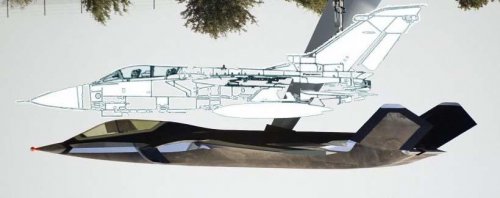Hobbes said:
shedofdread said:
Perhaps goverment should place more work into the SME (Small and Medium Enterprise) arena? With lower overheads and leaner structures there's potential for cost savings there. Traditionally this hasn't happened because such businesses can be more volatile
Smaller businesses usually aren't geared up for military-grade work. I don't mean the technology, but the legal and administrative side. Quality records, hell, records for everything.
Just to add a little real-world perspective to this, at one point I had four people working for me full time, and up to 20 immediately prior to deliveries, solely to ensure we had closed all of the open change records, and that was just on the software for the Typhoon Flight Control System, not the full aircraft - there was a larger team to do the testing, our job was simply to make sure that all of the files that needed changing, and only those files, had been a) changed and b) tested. That might sound trivial, but change records could run 150 pages plus, mostly listing affected files, IIRC we were generating significantly over 100,000 files/year. The FCS development team on its own ran 100+ engineers at Rochester, and at least 20 more at Ottobrunn. That's not counting our QA, customer QA, national level QA, production staff, tech writers, and so on. So we're talking a couple of man centuries of effort a year, just on one sub-system. One of my colleagues had been working on the FCS since he was an apprentice (back in the EAP days), and was in his 40s when the project ran down, never having worked on anything else - how many other development projects deal in man-millennia of effort?
Considered opinion from some of my colleagues was that the only system out there that
might exceed our level of criticality was the FCS on the space shuttle

As part of doing what we did, we were assessed at CMM Level 4, the highest level of competence in software engineering organisations, and at the level you have processes on how to write processes (I know, I wrote some of them <g>). It's really not a level of process that most SMEs are equipped to cater for, for many of them simply having a procedure to do something would be a major step forward (I remember a friend coming back from a job interview with an SME absolutely horrified at their lack of process, and this was an SME doing safety critical work, fortunately their idea of real-time, safety-critical was needing to deal with an error within 20 minutes, not the fractions of a second we dealt with).

